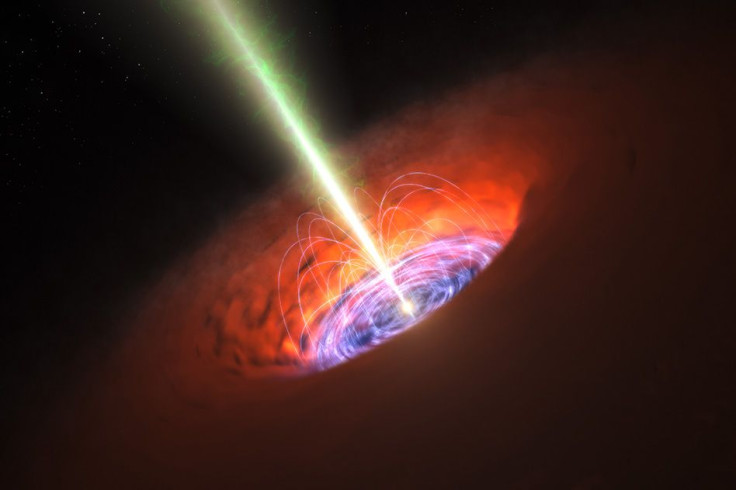Astronomers Discover Giant Black Hole 40 Billion Times More Massive Than The Sun

Astronomers have discovered a black hole so massive, it is several billion times more massive than the solar system’s sun.
The black hole is located about 700 million light years away from Earth in Holmberg 15A, a supergiant galaxy that resides within a cluster of over 500 galaxies known as Abell 85.
Astronomer Kianusch Mehrgan and her colleagues at the Max Planck Institute for Extraterrestrial Physics and University Observatory Munich in Germany discovered the massive object using the European Southern Observatory’s Very Large Telescope (VLT).
Mehrgan and colleagues said that the object is one of the biggest black holes ever found. It is also the largest that astronomers found by tracking the movement of stars around it.
Black holes this size are called supermassive black holes and only a few of these have so far been found. Researchers said this particular black hole is estimated to have a mass 40 billion times that of the sun.
Sagittarius A*, the supermassive black hole at the center of our home galaxy, the Milky Way, has a mass equivalent to about 4.1 million times that of the sun.
The black hole is also four to nine times bigger than expected given the mass of its home galaxy.
“It is a factor of two larger than black holes in NGC 4889 (21 billion times that of the Sun) and NGC 1600 (17 billion times that of the Sun),” the researchers said.
Previous calculations based on the dynamics of the Holmberg 15A galaxy and the Abell 85 cluster estimated the mass of the Holm 15A black hole to be up to 310 billion times the mass of the sun.
This is, however, based on indirect measurements of Holm 15A*. The first direct measurement revealed the object to be a 40-billion solar mass black hole.
“We find a supermassive black hole (SMBH) with a mass of (4.0 +- 0.80) x 10^10 solar masses at the center of Holm 15A,” the researchers wrote in their study, which has been submitted for publication to The Astrophysical Journal.
“This is the most massive black hole with a direct dynamical detection in the local universe. We find that the distribution of stellar orbits is increasingly biased towards tangential motions inside the core."
© Copyright IBTimes 2025. All rights reserved.




















